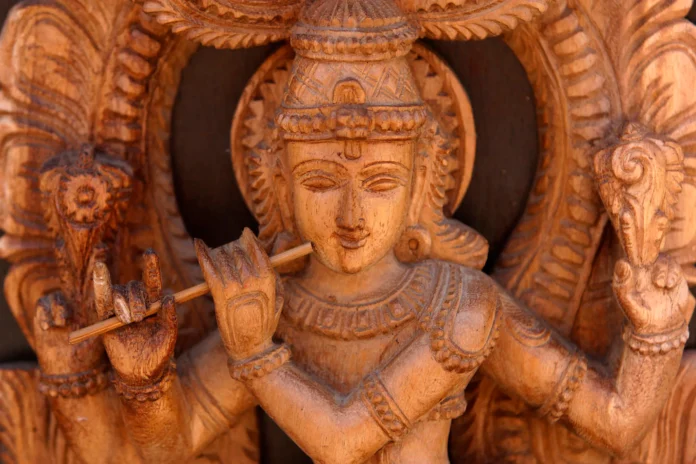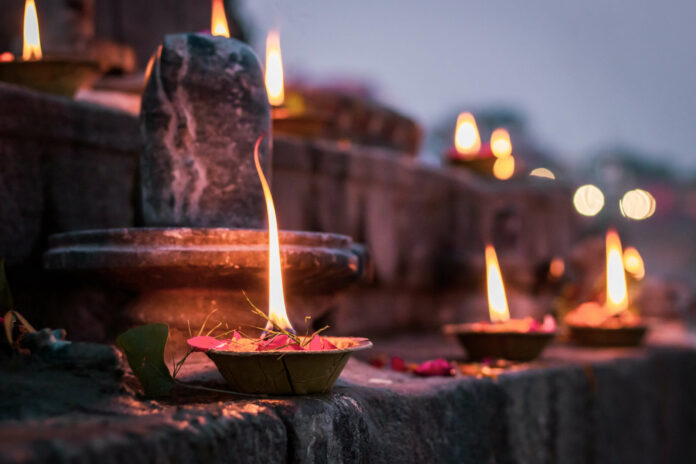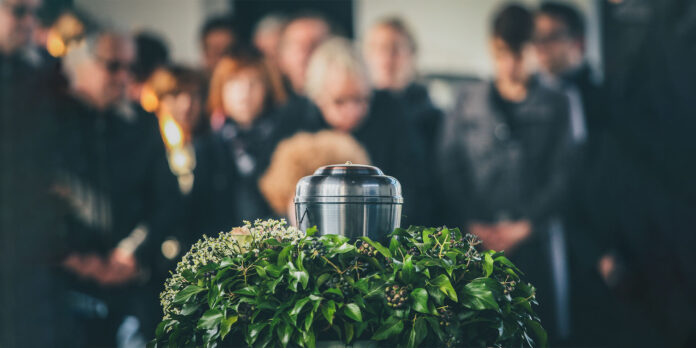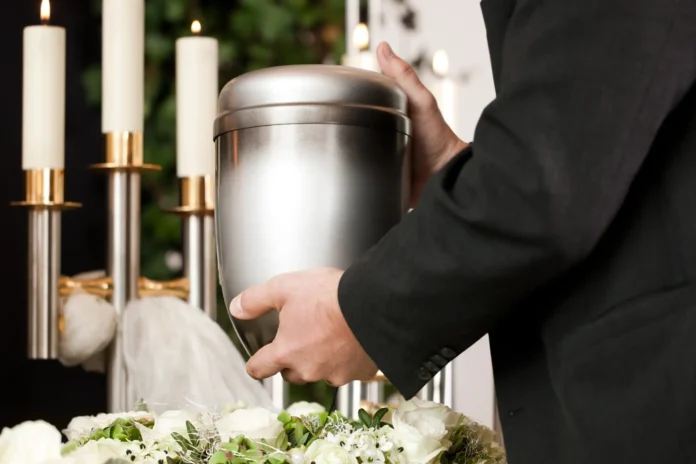When one thinks of the myriad rituals and rites surrounding death, it becomes evident that the manner in which we bid farewell to our loved ones is intrinsically linked to our cultural, religious, and personal beliefs. One such rite, practiced across various cultures and religions, is cremation. This process involves the reduction of a body to ashes using intense heat, and it’s more than just a method of body disposal—it’s deeply symbolic and tells a story about our views on life, death, and the afterlife.
Historical Roots of Cremation
Cremation is not a modern practice. Historical evidence suggests that cremation services began during the early Stone Age, around 3000 B.C., in Europe and the Near East. The Bronze Age saw cremation moving to the British Isles and into what is now Spain and Portugal. The practice became common in the Mycenaean civilization, and by the time of the Roman Empire, cremation was widespread throughout the region.
Hinduism: An Ancient Practice

For Hindus, cremation is not just an age-old custom but a sacrament. The Bhagavad Gita, a 700-verse Hindu scripture, mentions that the body is but a temporary vessel for the soul. Upon death, the soul leaves the body to continue its cycle of rebirth. Cremation accelerates the body’s dissolution, symbolizing the release of the soul.
The rituals involve the body being washed, anointed, and adorned in fresh clothes. The eldest son, or a male relative, lights the funeral pyre. Once the cremation is complete, the ashes are typically immersed in a holy river, like the Ganges, symbolizing the return of the individual to the source of all existence.
Buddhism: A Path to Enlightenment
Buddhism, an offshoot of Hinduism, also views cremation favorably. The historical Buddha, Siddhartha Gautama, was cremated, setting a precedent for many of his followers. The belief in reincarnation and the cyclical nature of existence in Buddhism complements the symbolism behind cremation—the dissolution of the physical form to be reborn in a new one.
Christianity: A Changing Perspective
For much of its history, Christianity has favored burial over cremation. This was tied to the belief in the resurrection of the body during the Second Coming of Christ. However, perspectives have evolved. While the Roman Catholic Church initially opposed cremation, viewing it as a pagan practice, it lifted its ban in 1963. Today, many Christians choose cremation, and the Church allows it as long as it’s not done to deny the teachings on the resurrection.
Islam and Judaism: A Preference for Burial
Both Islam and Judaism have traditionally preferred burial to cremation. In Islam, the body is seen as a trust from God and should be returned to the earth in its entirety. The quick burial is believed to free the soul from the body. The process involves a ritual washing of the body, wrapping it in a simple shroud, and placing it in the ground facing Mecca.
Similarly, in Judaism, the body is considered God’s creation, deserving of respect. The burial process is swift, and cremation is generally discouraged, as it’s viewed as desecration of the body.
Secular Views: Practicality and Environment

Outside of religious contexts, many people choose cremation for practical reasons. As urban areas become congested, cemetery space is at a premium. Cremation provides an economical and space-saving alternative. Additionally, with concerns over the environment, some view cremation as more eco-friendly than traditional burial, though this is debated due to the emissions produced during cremation.
Modern Rituals and Memorials
The ways in which we remember and honor our deceased loved ones have also evolved. Today, many families opt for memorial services after cremation. Ashes can be kept in ornate urns, turned into jewelry, planted with a tree seedling, or even incorporated into coral reefs. These modern rituals and memorials highlight a shift towards personalization in the way we deal with death.
Cultural Nuances
Different cultures have unique touches to the cremation process:
- Japanese Buddhism: The family picks the bone fragments from the ashes using chopsticks, transferring them to an urn.
- Balinese Hinduism: A public cremation ceremony, or Ngaben, is a vibrant event with music, dance, and elaborate decorations, celebrating the soul’s return to the universe.
- Tibetan Sky Burial: Not cremation in the traditional sense, but the body is offered to vultures after certain rituals. This practice, while seemingly shocking to outsiders, underscores a profound respect for life and a commitment to the cycle of nature.
The Universal Language of Grief
Regardless of the methods chosen after death, the universal thread weaving through all cultures and religions is grief. Cremation, like other rites of passage, serves to provide closure, a way to honor the deceased, and a path to healing.
Environmental Impacts and Alternatives

While cremation might appear as an environmentally-friendly alternative to land-intensive burials, it’s essential to recognize the carbon footprint associated with the cremation process. Traditional cremation consumes a significant amount of energy and releases carbon dioxide and other pollutants into the atmosphere. Recognizing this, many innovators are seeking more sustainable methods.
Water-based Cremation: Also known as alkaline hydrolysis or resomation, this method uses water, heat, and lye to break down the body, leaving only the bones, which are then crushed into ashes. This process reduces the carbon footprint by over 75% compared to flame-based cremation.
Bio-urns: These are biodegradable urns containing a seed, which can be planted. As the seed grows, the tree absorbs the nutrients from the ashes, symbolizing life springing from death.
Legal and Ethical Considerations
Laws surrounding cremation vary across countries and regions. Some nations require a waiting period after death before cremation, while others mandate the presence of a family member during the process. There’s also the issue of scattering ashes. Some places permit it in public areas, while others don’t.
The process of cremation raises ethical considerations as well. Ensuring the dignity and respect of the deceased is paramount. Families must be given adequate information on the entire process and should be allowed to make informed decisions without pressure.
Cremation in Pop Culture
Pop culture has played a role in shaping and reflecting societal views on cremation. Movies, TV shows, and literature often depict cremation rituals, memorial services, and the scattering of ashes in poignant, comedic, or introspective ways. These depictions can normalize the practice, spark discussions, and even influence personal choices.
Personalizing the Process

Modern cremation practices increasingly emphasize personalization. Families are opting to design unique urns, host memorial events in unconventional venues, or even launch ashes into space. Technology has also enabled new possibilities: some companies offer services to press cremated ashes into vinyl records, allowing loved ones to “listen” to the deceased.
Cremation’s Future Trajectory
As urbanization continues and space becomes even more limited, it’s likely that cremation rates will rise. Combined with the increasing secularization of societies and the blending of cultural and religious practices, cremation might become more mainstream in areas where it’s currently less common. With the rise of eco-consciousness, environmentally-friendly cremation alternatives will likely gain traction as well.
Final Words
Cremation, steeped in tradition and symbolism, is a reflection of our beliefs, values, and understanding of life and death. As societies evolve and intermingle, the practice of cremation becomes a tapestry of religious rites, cultural practices, and individual choices. Beyond the borders of nations and doctrines, it tells a human story—a story of respect, remembrance, and the eternal cycle of existence.








